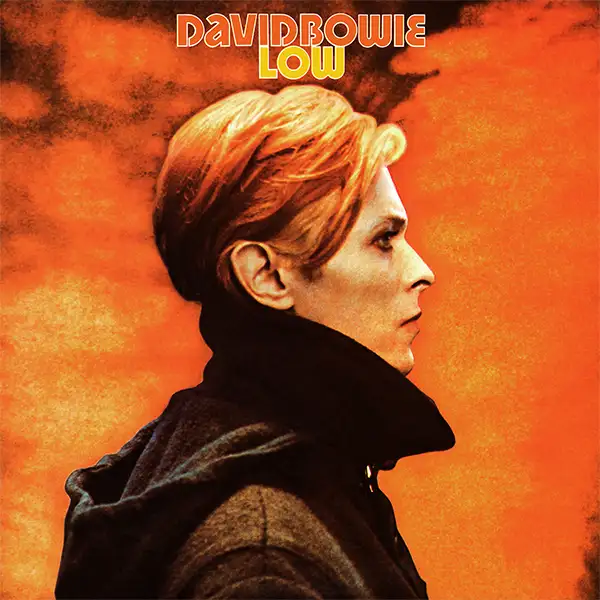#123 Low by David Bowie
The 100 Greatest Albums of All Time

- 2025 Album Rank
- 123
- 2011 Album Rank
- 86
- Total Points
- 501
- Year Released
- 1977
- Billboard 200 Chart Peak
- 11
- Weeks at #1
- N/A
- RIAA Sales Certification
- N/A (Fewer than 500,000 copies sold)
- Buy Album
- Apple Music Amazon
Low Album Details
Released in January 1977, Low marked a radical departure for David Bowie, launching his famed Berlin Trilogy and forever altering the direction of art rock and electronic music. Recorded in part at the Château d'Hérouville in France and completed at Hansa Studios in Berlin, Low is a fractured, deeply introspective album that mirrors Bowie's personal detox and creative rebirth. Produced with Tony Visconti and heavily influenced by Brian Eno, the record splits neatly into two halves: side one features short, angular, experimental pop songs, while side two ventures into ambient, instrumental soundscapes.
Songs like Sound and Vision and Be My Wife retain melodic elements, but are laced with minimalist arrangements, jarring production, and fragmented lyrics. The second half, especially tracks like Warszawa and Art Decade, embraces moody, synth-heavy compositions that were revolutionary in 1977 and remain haunting today. Low was initially met with confusion, but its impact was profound, it laid the groundwork for post-punk, new wave, ambient music, and even industrial. It's one of the most forward-looking records of Bowie's career, stripping away glam in favor of introspection, abstraction, and sonic innovation.
Interesting Facts About Low
- The album's title, Low, is both a reference to Bowie's depressed mental state during production and a pun on the album's musical "low" frequencies and minimalism.
- Brian Eno's role was crucial but informal, he wasn't the official producer, but contributed key concepts, textures, and compositional approaches, especially to the instrumental side.
- The drum sound on Low was a major innovation. Tony Visconti used an Eventide Harmonizer to manipulate the snare's pitch and decay, creating a distinctive gated reverb effect that would define the '80s.
- Sound and Vision features an unusually long instrumental introduction before Bowie's vocals enter nearly halfway through, a bold compositional choice that reflected his experimental mood.
- Warszawa was inspired by a bleak visit Bowie made to Warsaw, Poland, during a train stop. The vocal section was improvised, using made-up phonetics to evoke a lost, mythic Slavic choral tradition.
- Portions of Low were originally written as part of the soundtrack for Nicolas Roeg's film The Man Who Fell to Earth, which Bowie starred in. When the film's producers rejected the material, Bowie repurposed it.
- RCA Records was baffled by the album and delayed its release. The label feared the abstract second half would alienate fans of Bowie's glam-era hits.
- Despite the label's fears, Low reached No. 2 on the UK Albums Chart and has since been cited by artists ranging from Radiohead to Nine Inch Nails as a major influence.
- Phil Collins was so taken with the drum sound on Low that he reportedly asked Visconti about it while working on Peter Gabriel's third solo album, leading to the broader use of gated reverb in pop production.
- The album's stark cover imagel, taken from a publicity still for The Man Who Fell to Earth, is a visual pun: the word "Low" appears above Bowie's profile, mimicking a "low profile."
Low Tracklist
- Speed of Life
- Breaking Glass
- What in the World
- Sound and Vision
- Always Crashing in the Same Car
- Be My Wife
- A New Career in a New Town
- Warszawa
- Art Decade
- Weeping Wall
- Subterraneans
